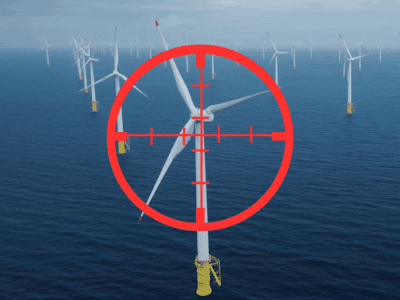What are California Legislators Thinking About Cap-and-Trade?
CA Senate Hearing at UCLA Focuses on Ways to Spend Auction Revenue
 Today, UCLA’s Emmett Center and IOES hosted a hearing of the Senate Select Committee on Climate Change and AB 32 Implementation with Senators Pavley, Correa, de Leon, deSaulnier, Lieu, and Assemblymember Bloom attending. The hearing featured testimony on climate science, on AB 32 implementation, and on opportunities to invest revenue from the state’s cap-and-trade auctions in ways that create jobs, reduce pollution, and strengthen communities. What drew the legislators’ attention?
Today, UCLA’s Emmett Center and IOES hosted a hearing of the Senate Select Committee on Climate Change and AB 32 Implementation with Senators Pavley, Correa, de Leon, deSaulnier, Lieu, and Assemblymember Bloom attending. The hearing featured testimony on climate science, on AB 32 implementation, and on opportunities to invest revenue from the state’s cap-and-trade auctions in ways that create jobs, reduce pollution, and strengthen communities. What drew the legislators’ attention?
First, auction revenue expenditures. Under California’s cap-and-trade program, the Air Resources Board auctions off some greenhouse gas emission allowances to regulated sources (these auctions recently withstood an industry challenge). This generates revenue for the state, which the Legislature has said must be used to further the goals of AB 32. There are other strictures on the use of these funds: SB 535 requires that 10% be spent on projects located within disadvantaged communities, and that 25% be spent in ways that benefit disadvantaged communities. Today’s hearing featured a panel of experts who suggested spending priorities and potential funding opportunities, including projects to electrify goods movement and other transportation elements; to create affordable transit-oriented development; to fund GHG-reducing projects of local governments; and to support clean technology development. Members actively questioned speakers about specific funding opportunities and seemed to be looking, not surprisingly, for projects that would achieve multiple goals: GHG reductions, public health co-benefits, adaptation aims, jobs creation. Several members seemed particularly attracted to opportunities to clean up goods movement corridors.
The members were also interested in findings presented by Dr. Alex Hall of UCLA, a leading climate scientist and modeler, on the effect of climate change on southern California temperatures under different GHG mitigation scenarios. Sen. Correa emphasized Dr. Hall’s conclusion that even under a GHG mitigation scenario, LA will see significant warming by mid-century–but that GHG reductions now will radically reduce the climate impacts we feel at the end of the century.
Dr. Steven Cliff of ARB discussed the AB 32 scoping plan update and said to look for a revised Scoping Plan update in late Jan., along with an Environmental Assessment of that document. He said that both of these will be presented to the ARB Board in the spring of 2014. After discussing the linkage agreement with Quebec, he was also pushed by a couple of members on the topic of potential coordination with Mexican subnational jurisdictions.
Lastly, it was clear that the members were thinking about post-2020 GHG reductions. Sen. Pavley said that she was considering asking ARB to work with other California agencies and stakeholders to come up with “a blueprint” for reductions beyond 2020.
Many thanks to the Committee, its staff, and to all of our speakers at today’s hearing:
- Alex Hall, Ph.D., Professor, UCLA Department of Atmospheric and Oceanic Sciences
- Steven Cliff, Ph.D., Assistant Chief, Stationary Source Division, California Air Resources Board
- Michael Quigley, Deputy Director, California Alliance for Jobs
- Jeff Joyner, Co-Chair, e-Mobility Working Group, Los Angeles County Economic Development Corporation (LAEDC)
- Patty Ochoa, Deputy Policy Director, Coalition for Clean Air
- Cara Martinson, Associate Legislative Representative, Environmental Issues, California State Association of Counties






Reader Comments